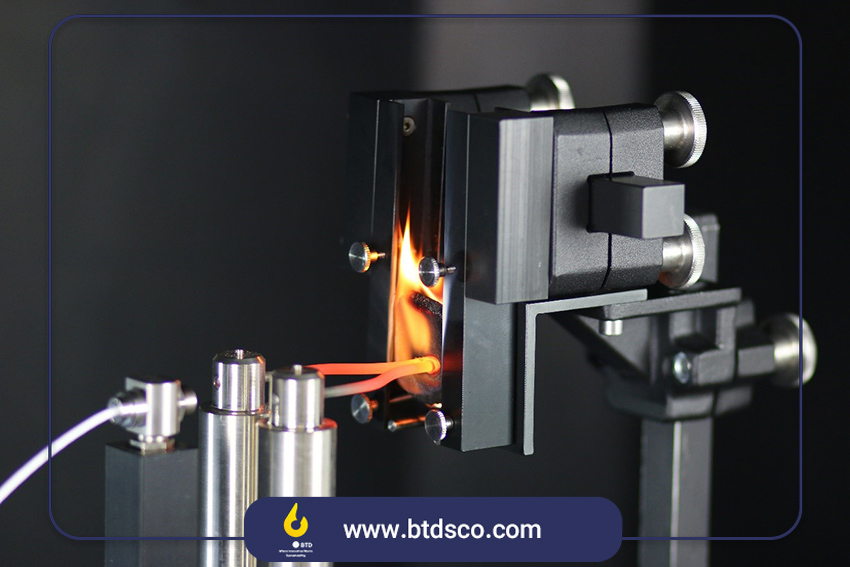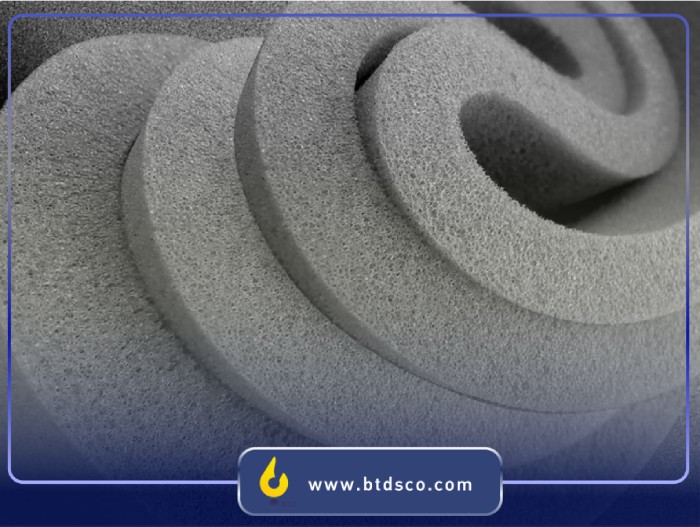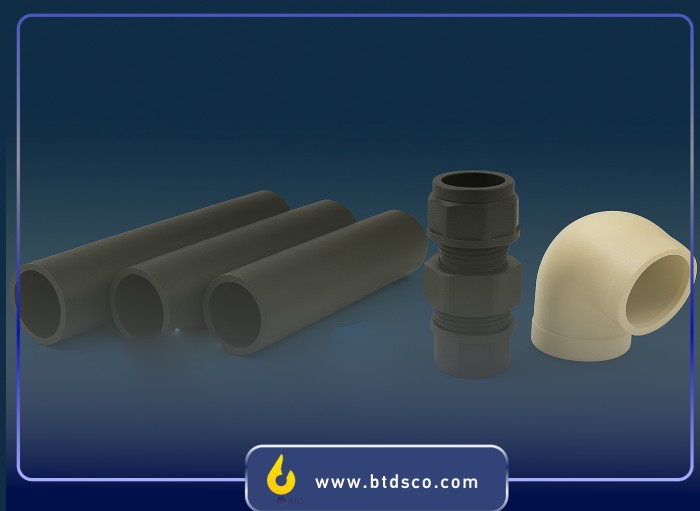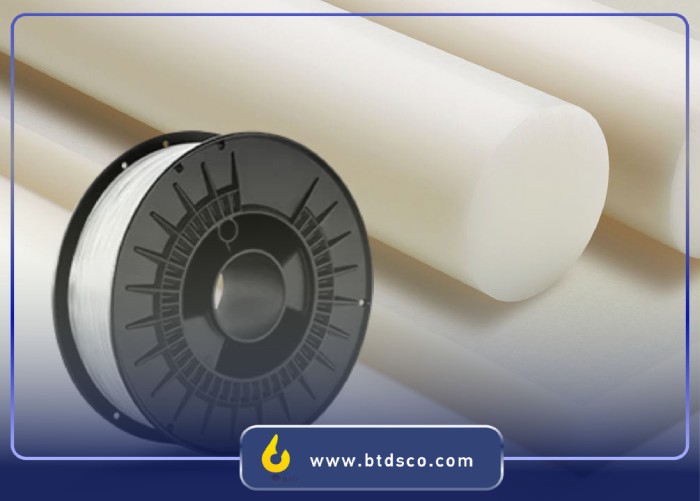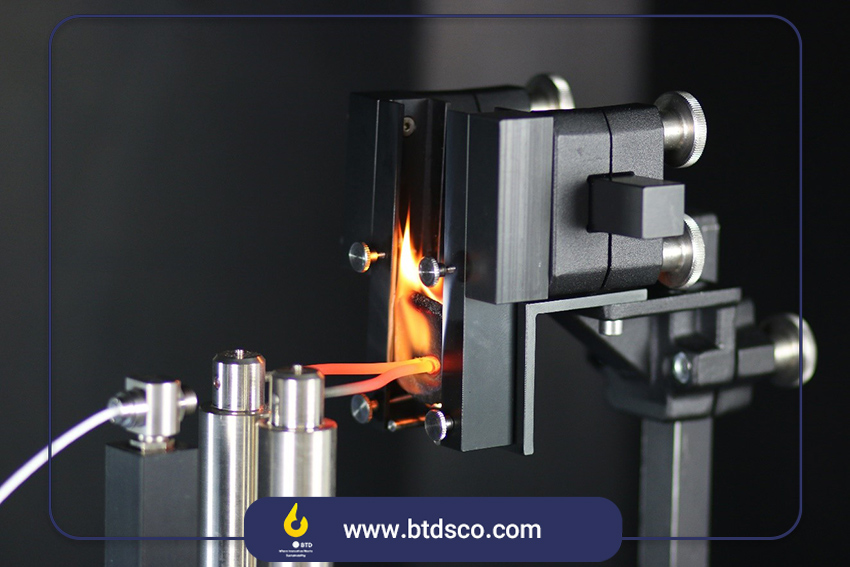Rigid Foam:The Benefits and Uses in Modern Construction
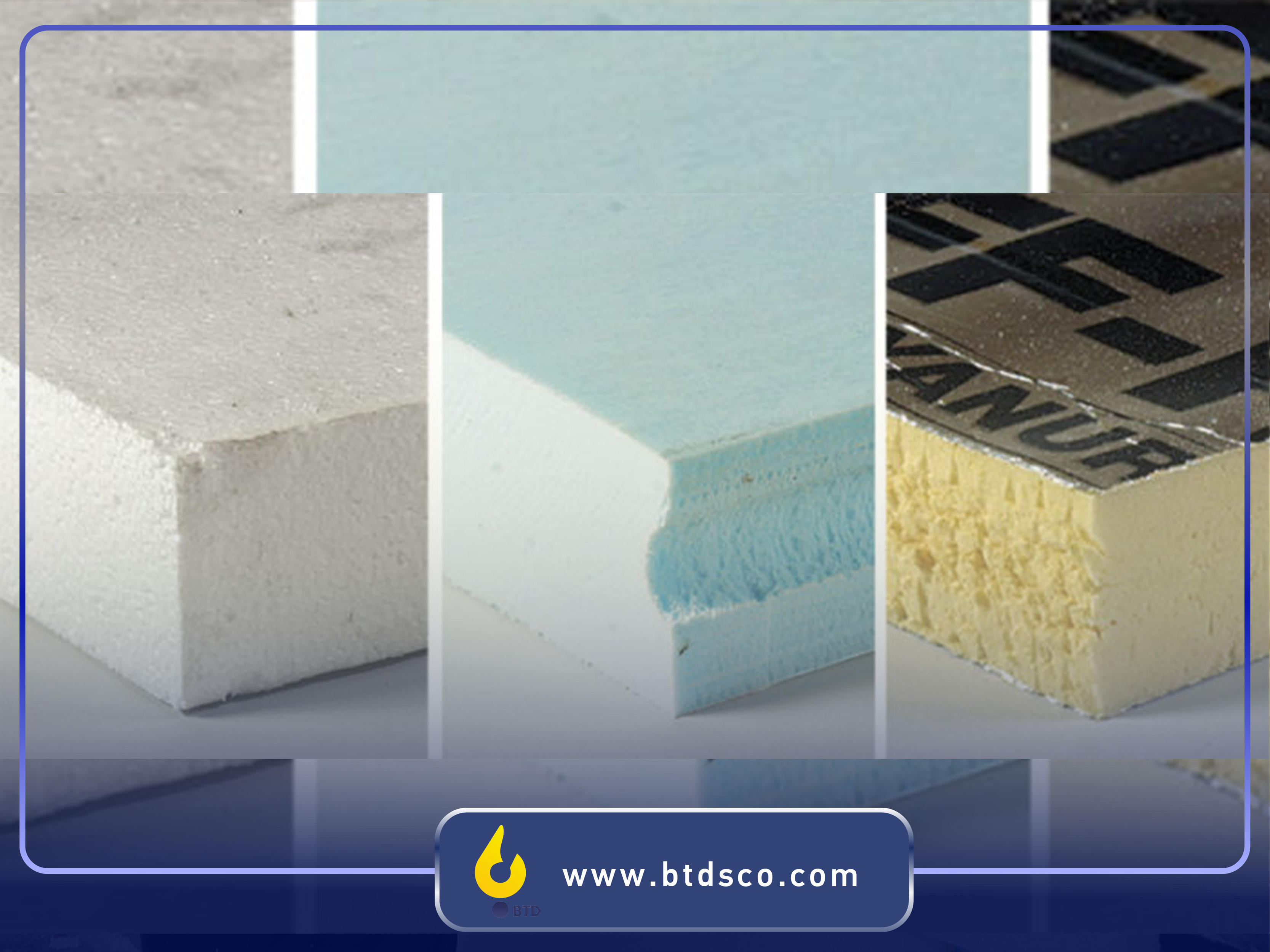
Rigid foam is a plastic-based material commonly used for thermal insulation. It is known for its high strength and durability. Rigid polyurethane foams are designed to offer excellent tensile strength and resistance to various stresses. In applications where thickness is not a primary concern, rigid foam is highly recommended as an efficient thermal insulator.
What is Rigid Foam?
Rigid foam, also referred as rigid polyurethane foam, is primarily known for its thermal insulation properties. Researchers have found ways to utilize rigid foam for other types of insulation, such as soundproofing, and have made significant advancements in this field. Thanks to its versatility, rigid foam is now used not only for heat insulation but also for soundproofing applications in walls, floors, and ceilings, reducing energy loss in buildings, and offering structural lightweight solutions.
Benefits of Rigid Foam
Rigid foam polyurethane is a material with unique properties that make it suitable for a wide range of industries and applications. Some of the key advantages of rigid foam include:
-
Lightweight: Due to its low weight, rigid foam is ideal for use in products that require lightweight materials.
-
Pressure Resistance: Rigid foam is highly resistant to pressure, making it ideal for use in components that require high pressure resistance.
-
Shock Absorption: Its ability to absorb impact makes rigid foam perfect for applications that require shock resistance.
-
Chemical Resistance: It is highly resistant to corrosion and chemical degradation, ensuring long-term durability even in harsh environments.
-
Heat Resistance: Rigid foam has a high resistance to heat, making it suitable for use in components that are exposed to high temperatures.
-
Moisture Resistance: It also resists moisture, making it ideal for use in humid environments without deteriorating over time.
Given its diverse applications and extensive benefits, rigid foam is used in many industries for insulation and other purposes.
Advantages and Disadvantages of Rigid Foam
Advantages of Rigid Foam:
-
Lightweight: It significantly reduces the overall weight of structures.
-
Thermal Insulation: Rigid foam is an excellent thermal insulator, reducing energy loss.
-
Sound Insulation: It provides effective soundproofing in buildings.
-
Pressure Resistance: It is capable of withstanding high pressure without deforming.
-
Moisture Resistance: It remains unaffected by moisture, maintaining its integrity in humid environments.
Disadvantages of Rigid Foam:
-
Limited Recycling: Rigid foam has limited recyclability, which may contribute to environmental concerns.
-
Heat Sensitivity: It can be sensitive to heat exposure, which may affect its long-term durability.
-
High Production Costs: Manufacturing rigid foam can be expensive, which affects the overall cost.
-
Chemical Emissions: It may release harmful chemicals under certain conditions, making it potentially hazardous.
Materials Used in Rigid Foam
Rigid foam is primarily made from two chemical components: polyols and isocyanates. These substances react together to form rigid polyurethane foam. To improve the properties of rigid foam, other additives like catalysts and curing agents may also be used to enhance heat resistance and prevent degradation.
Overall, rigid foam is a chemically complex material that, when combined with other substances, provides a versatile solution for various industrial applications.
Spray Foam: What Is It and What Are Its Uses?
Spray foam is a multi-purpose product widely used in construction. It serves as an excellent solution for sealing, insulating, and filling gaps. Rigid polyurethane spray foam comes in two main forms: open-cell and closed-cell foam. Each has distinct uses, with open-cell foam often used for soundproofing and closed-cell foam for thermal insulation.
Application of Rigid Foam in Construction
Rigid polyurethane foam is regarded as one of the most efficient thermal insulators and soundproofing materials in construction. It offers long-lasting performance, preserving its properties over time and ensuring that buildings remain energy-efficient. When exposed to heat and pressure, rigid foam expands and then returns to its original size once the pressure is released. This unique characteristic makes it a preferred material in construction.
Using rigid foam as insulation in buildings can prevent up to 70% of energy loss, significantly enhancing energy efficiency and contributing to sustainable construction practices.
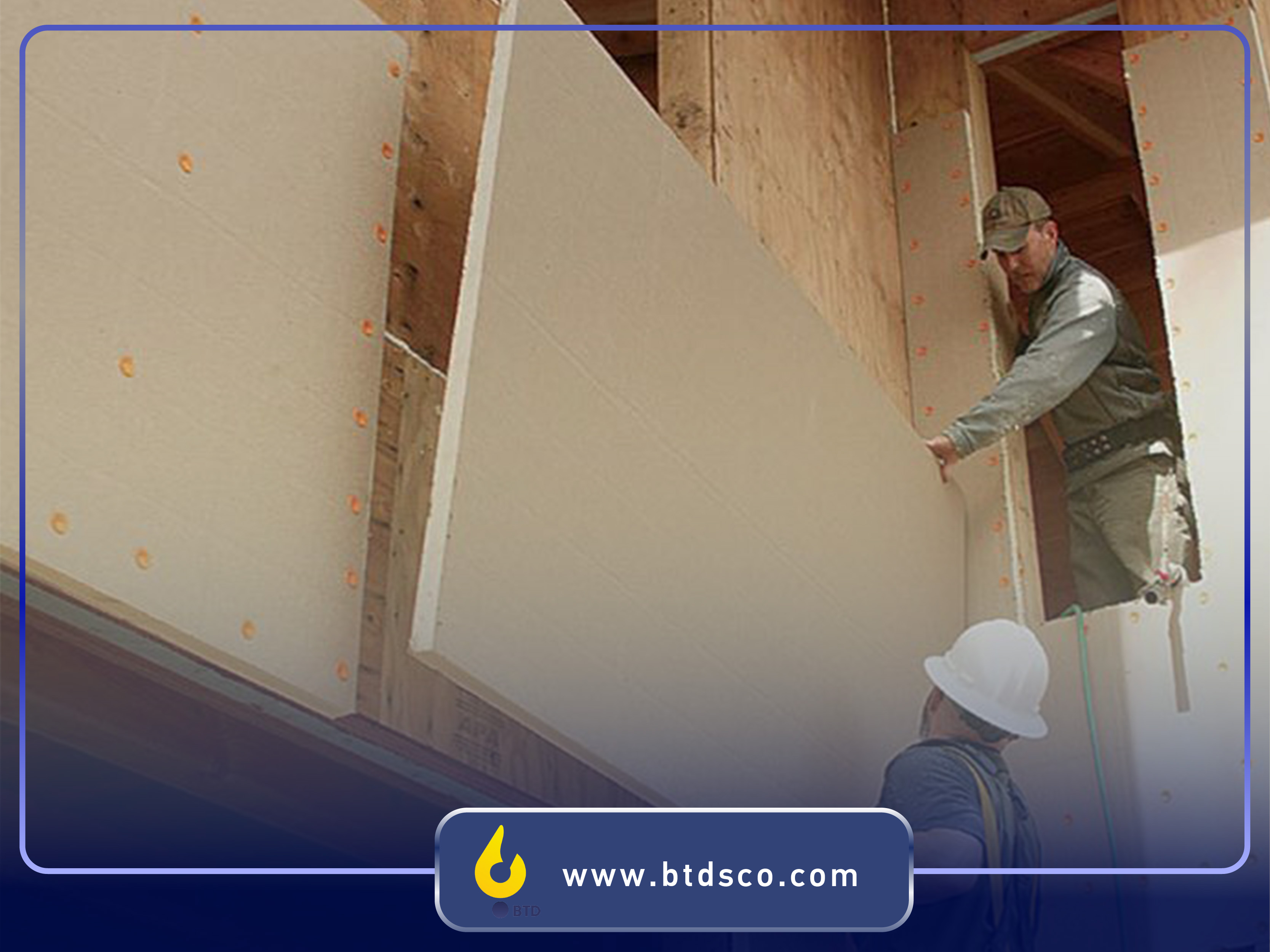
Sound Insulation with Rigid Foam
Rigid polyurethane foam is also highly effective as a soundproofing material. The foam's open-cell structure allows it to absorb and block sound, making it ideal for noise reduction in buildings. However, it is not recommended for outdoor use due to its open-cell nature, which is less effective in open environments.
For buildings, rigid foam's thermal insulation properties ensure energy savings and comfort. The foam’s closed-cell structure allows it to serve as an excellent thermal insulator, preventing heat loss and reducing energy consumption.
Characteristics of Rigid Foam
Rigid foam is a versatile material with many advantageous properties. It provides exceptional thermal insulation, is lightweight yet durable, and adheres well to various surfaces like wood, metal, glass, and ceramics. It is available in a variety of forms, including blocks, spray foam, and panels, making it suitable for numerous applications.
By adjusting the molecular weight of the components, the final properties of rigid foam can be fine-tuned. Reducing the molecular weight results in improved pressure resistance, increased thermal insulation, and greater moisture resistance, while also reducing the foam’s water absorption.
Types of Rigid Foam
Rigid foam is available in several forms, each suitable for specific applications:
-
Spray Foam: This type is highly flexible and can be applied directly in place, offering excellent insulation properties and ease of use.
-
Insulation Sheets: These are easy to install and provide a high level of resistance to both thermal and moisture damage.
-
Blocks: Rigid foam blocks are widely used in construction and can be easily cut to fit specific requirements.
-
Sandwich Panels: These panels consist of a layer of rigid foam sandwiched between metal layers and are commonly used for building walls, roofs, and cold storage units due to their strength and insulation properties.
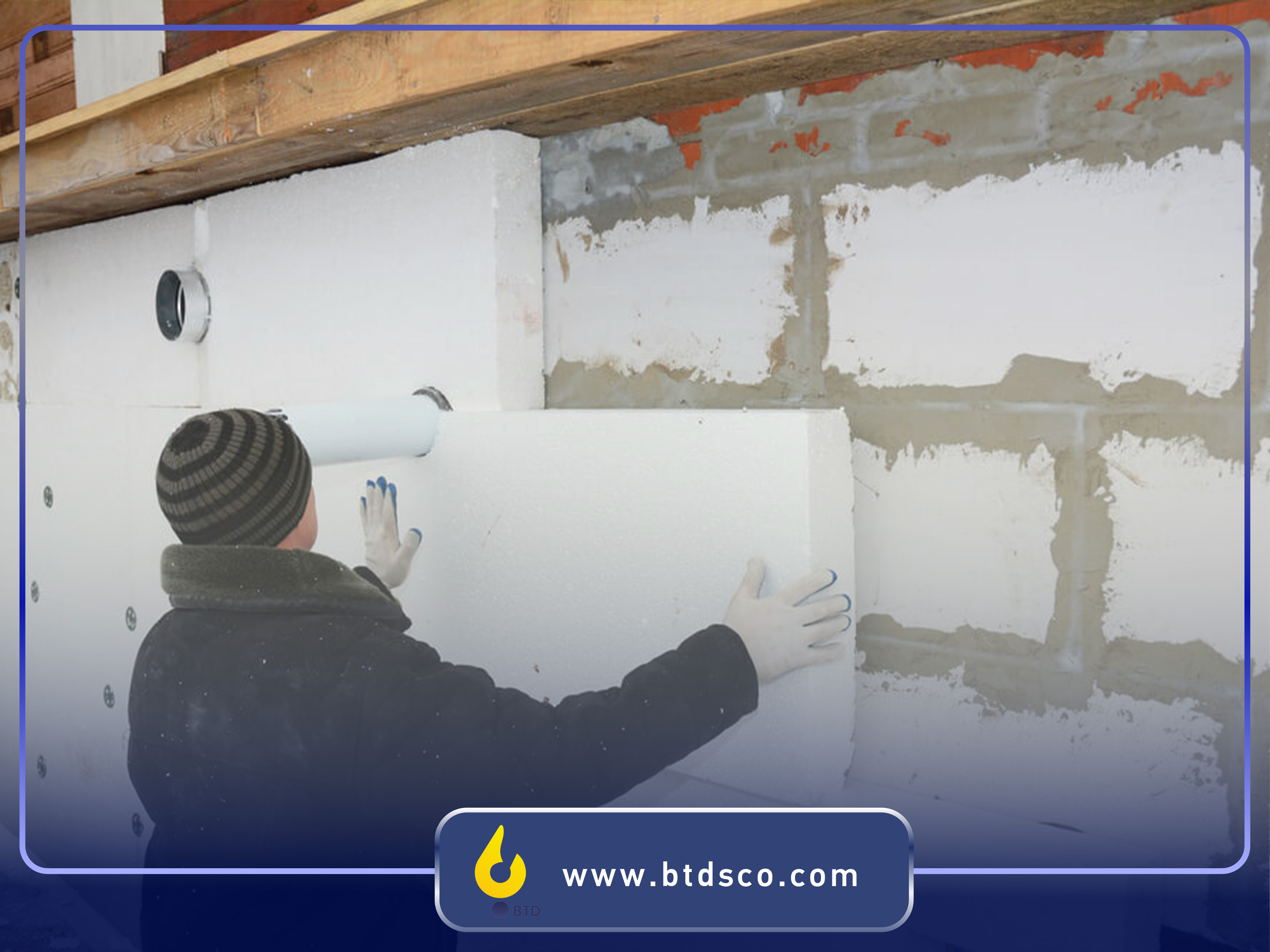
General Properties of Rigid Polyurethane Foam
Some general properties of rigid polyurethane foam based on polyester or polyether include:
-
Excellent thermal insulation
-
High strength-to-weight ratio
-
Good adhesion to wood, metal, glass, and ceramics
-
Versatility in achieving a wide range of physical properties
By adjusting the chemical composition, particularly the molecular weight of polyol, manufacturers can control the final properties of rigid foam, enhancing its thermal resistance, moisture resistance, and overall durability.
Rigid foam is a highly versatile and durable material that plays a crucial role in modern construction and insulation, offering numerous benefits for energy efficiency, soundproofing, and structural integrity.
Rigid Foam: The Benefits and Uses in Modern Construction
In modern construction, rigid foam has proven to be a versatile and essential material. Its lightweight nature, exceptional durability, and high thermal and sound insulation properties make it ideal for energy-efficient buildings. The use of rigid foam in insulation helps reduce energy loss, lower utility bills, and enhance comfort within homes and commercial spaces. Its ability to withstand pressure, moisture, and various environmental factors further boosts its popularity in construction applications, from wall insulation to roofing and flooring. For more detailed information on how rigid foam can be incorporated into your projects, visit btdsco for expert insights and consultation.
Frequently Asked Questions (FAQs)
What is rigid foam, and how is it used in construction?
What are the advantages of using rigid foam in construction?
Can rigid foam be used for soundproofing?
Is rigid foam environmentally friendly?
Recent Articles
